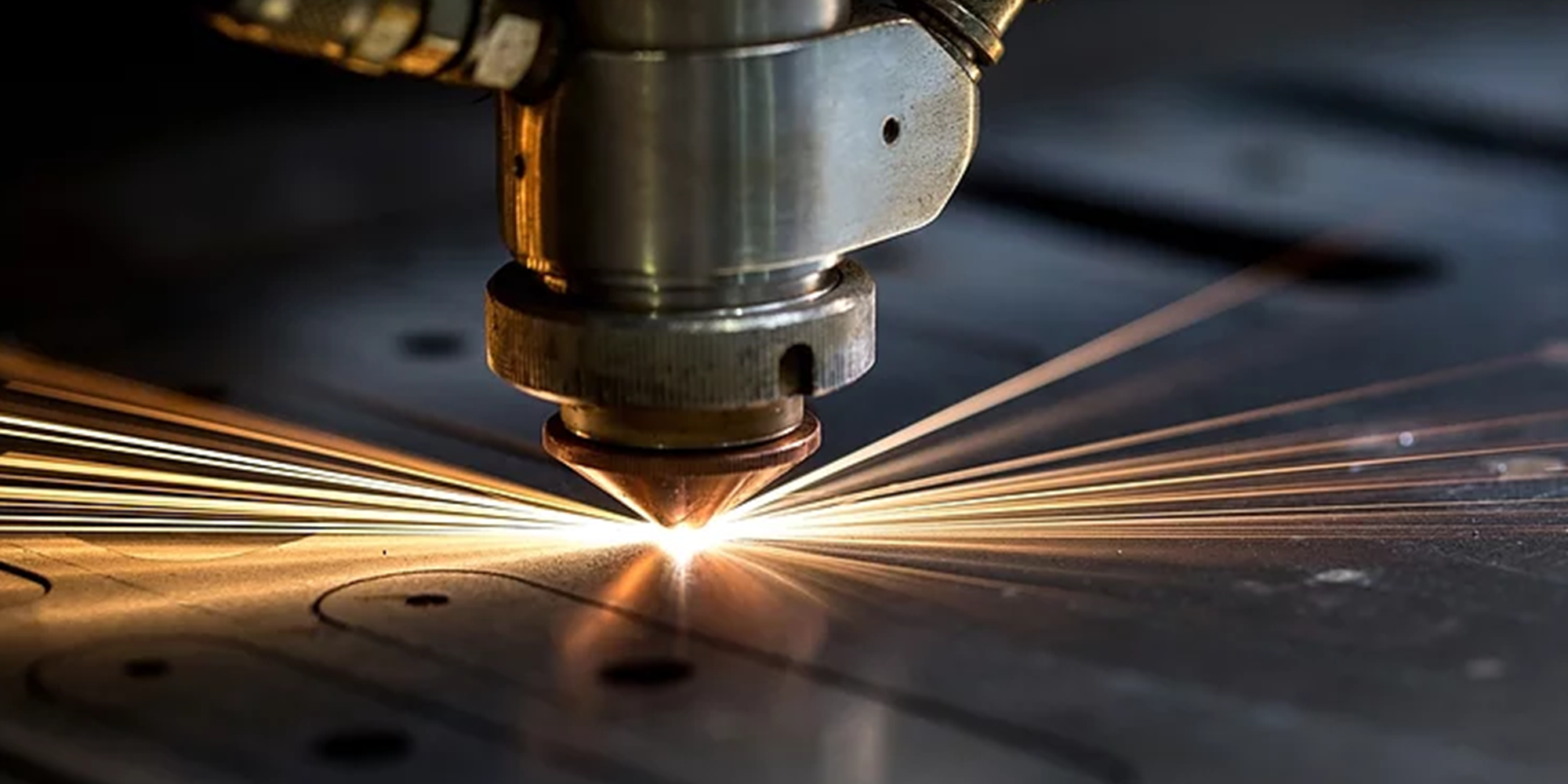It is not possible to consider RDAs in isolation; this is because to optimise your relief for capital costs you need to understand the different types of capital allowances and how they interact. Each case needs to be considered on its own facts and circumstances. For example, the AIA was introduced in 2008 to simplify the process of calculating capital allowances for smaller businesses by allowing all plant and machinery costs, up to a set maximum value, to be deducted in full for tax purposes. Since its introduction, it has been the subject of much tinkering – rising from an initial level of £25k per annum right up to £500k, and most recently down again to £200k.
Effectively, the AIA and RDAs are both types of capital allowance which offer a 100% deduction for certain capital expenditure; expenditure may fall into both but can only be claimed under one.
So…if they both offer the same rate of relief, why worry about RDAs?
1 – They are not always the same type of expenditure.
For AIA, that capital expenditure must be incurred on plant or machinery, i.e. costs that would otherwise fall under the far less generous PMAs. RDAs, however, may be claimed for any capital expenditure on R&D, excluding the cost of land. Whilst this may include the same plant and machinery that you can use the AIA for, it also includes build costs, which do not generally attract any other form of tax deduction.
2 – If you are spending more than £200k per annum.
From 1 January 2016, the AIA will be £200k per annum, rising to £1 million from 2020 onward, so whilst the RDA will have less impact for companies in the future, there is still opportunity to claim the benefit an RDA would give if you at the moment.
Without RDA’s these costs would drop into PMAs, attracting 18% on a reducing balance basis at best (NB. You never get to fully deduct the costs and it takes more than 20 years to get most of the value back). And you only get one AIA to share per group of companies. There is no limit on RDAs, so for companies spending more than £200k, RDAs can potentially sweep up the balance to maximise the deduction.
Any company making, or considering, a claim for R&D tax relief and incurring capital expenditure should think about RDAs. They can’t always help, but if you don’t bother and miss the deadline for claiming (2 years after the end of the accounting period), you have missed your chance permanently.
